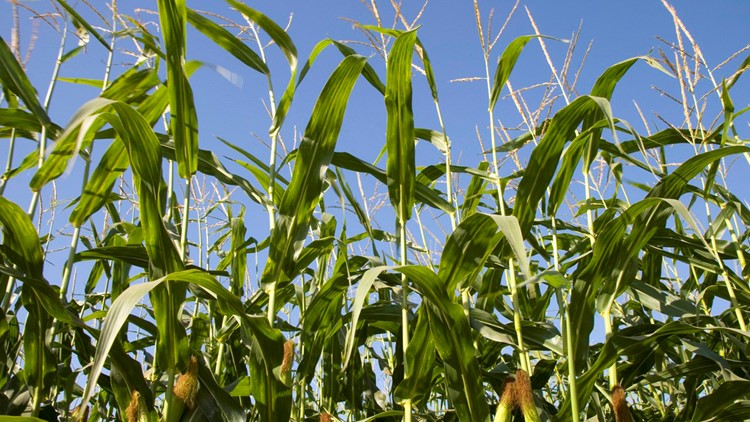ARKANSAS, USA — Farm incomes have dropped 50% during the last eight years and a hodgepodge of factors have contributed.
Lower commodity prices, trade wars, and erratic weather have hurt farm profitability in a number of ways.
As the planting season opens and the COVID-19 disease spreads across the country, farmers are facing a new challenge – a lack of workers, American Farm Bureau Federation President Zippy Duvall said.
There are two types of workers who could be impacted as a result of the coronavirus, American Farm Bureau Federation Executive Vice President Dale Moore said.
The first group are Americans who work on farms that could contract the disease.
To date, there have been no significant reports of American farmworkers contracting COVID-19, he said.
But a second group of workers, those temporary immigrants with H-2A agricultural work visas, may have a much harder time crossing the border to work this season, he said.
Many international flights into the country have been canceled, hampering the ability of workers from multiple countries to travel.
About 90% of all H-2A ag workers come from Mexico, but restricted travel across international borders could impact those numbers, too, he added.
The U.S. State Department has not released the actual number of H-2A holders or those who qualify for exemptions to interview rules, so it is hard to determine exactly how many workers could be impacted, officials said.
Another problem that could develop is supply chain disruptions, Duvall said.
There have been no reported problems with supplies moving into farms – fertilizers, seed, food, cleaning supplies, etc. – and the movements between livestock farms and processing plants has been seamless.
But, with the onslaught of consumer buying in recent days, processing plants need to have systems in place to handle the surge.
To read more of this story visit our partner in content Talk Business & Politics.



